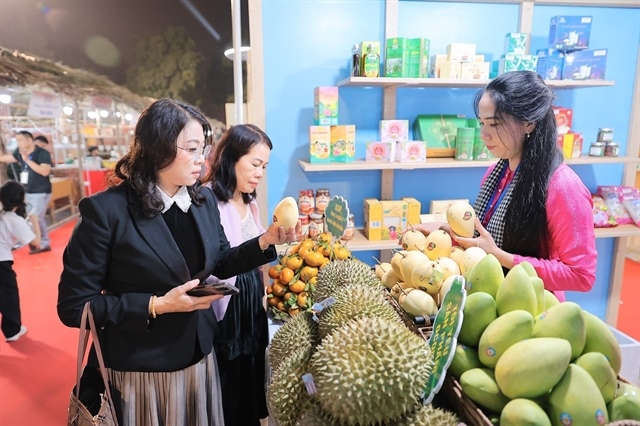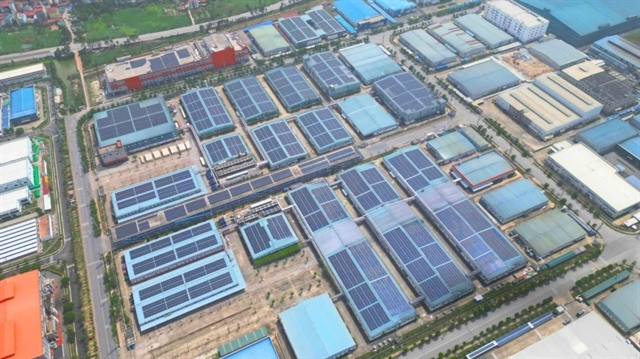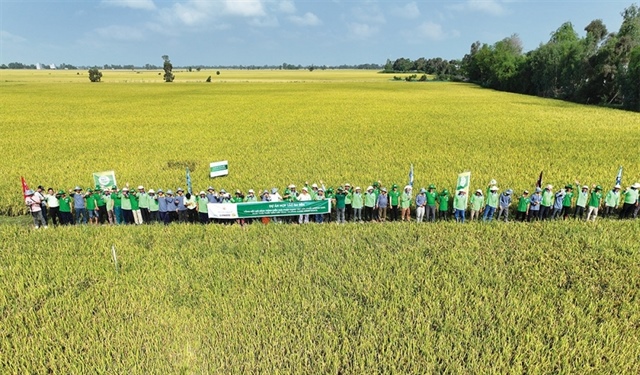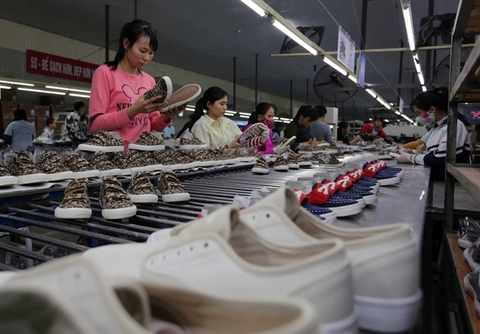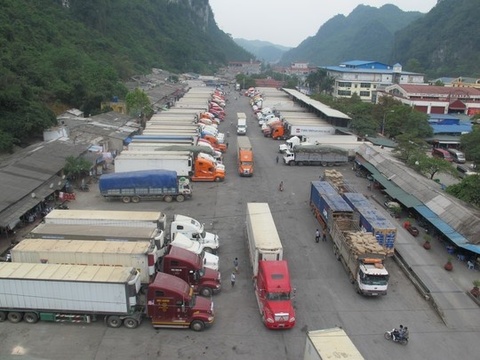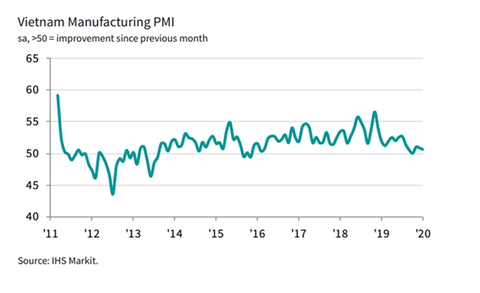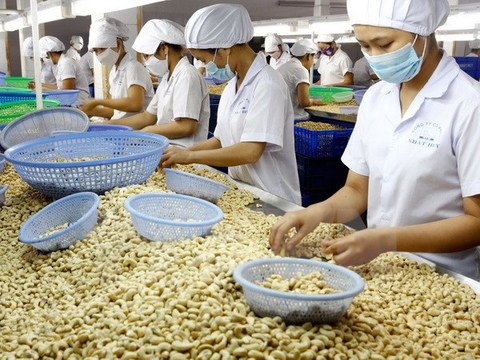Vietnam agricultural sector considered most vulnerable to nCoV
Vietnam agricultural sector considered most vulnerable to nCoV
The ongoing epidemic is predicted to impact the trade flow of agricultural products between Vietnam and China in six to eight months.
The outbreak of the new coronavirus (nCoV) is having an impact on all economic aspects in Vietnam, but the agricultural sector would suffer the most as exports to China are poised to plunge, according to Nguyen Xuan Cuong, minister of Agricultural and Rural Development.

|
This is due to the fact that China is a major export market for Vietnam’s agricultural products, accounting for 22 – 24% of the country’s farm exports, said Cuong at a conference on February 3.
China is currently one of the major export markets for Vietnamese fisheries and agricultural products. The main farm export staples to China include vegetables, cashew, coffee, rice, cassava products, rubber and aquatic products.
In 2019, Vietnam’s agro-forestry-fishery exports to China reached US$8.5 billion, of which, wood and wooden products amounted to US$1.2 billion, up 8.4% year-on-year, exports of fisheries, rubber and vegetables reached US$1.23 billion, US$1.55 billion and over US$2.4 billion respectively.
Cuong added negotiation process for opening Chinese markets for products such as durian, bird’s nest, sweet potato, which are in the final stages, would be temporarily suspended.
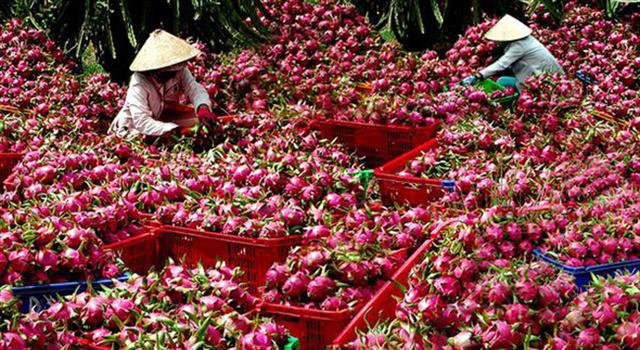
Dragon fruits could not be exported to China suffering a sharp decline in prices from VND40,000 - 50,000 (US$1.72 - 2.15) per kilogram to VND4,000 (US$0.17).
|
Nevertheless, Cuong urged instead of staying idle, this would be an opportunity for Vietnam to restructure the agricultural sector to avoid dependence on a single market, but it would require long-term solutions.
Vice Minister of Industry and Trade Tran Quoc Khanh said the impact to trade flows of agricultural products between Vietnam and China is predicted to last from six to eight months due to the ongoing nCoV epidemic.
Khanh said the main reason was the delay in opening border gates between the two countries until February 9, which is a major trade routes for agricultural products, especially fruits.

Watermelon suffered the same fate with price down to VND8,000 (US$0.34).
|
Moreover, there have not been any new orders from China for Vietnamese fruits as Chinese buyers could not enter Vietnam at the moment, Khanh stated, adding in export – import activities, cross-border trade would face the biggest impact.
Vice Minister of Agricultural and Rural Development Tran Thanh Nam said dragon fruit and watermelon are major fruits exported to China during and after the Lunar New Year holiday. The amount of watermelon ready to be harvested in Long An province by the end of January is 21,600 tons and 54,000 tons as of the end of February, while the amount in Tien Giang and Binh Thuan provinces would be 110,000 tons.
These watermelons should be exported to China in fresh condition and unprocessed, Nam informed. However, due to the border closure by the Chinese side until February 9, around 175 trucks carrying dragon fruits are still waiting at Lang Son border gate, Nam said.
According to Nam, the agricultural sector is now looking for new markets in the Middle East or Brazil and boosting domestic consumption via retail and super market channels.
In long-term, the sector would restructure the production process to better meet the domestic demand, Nam continued.



